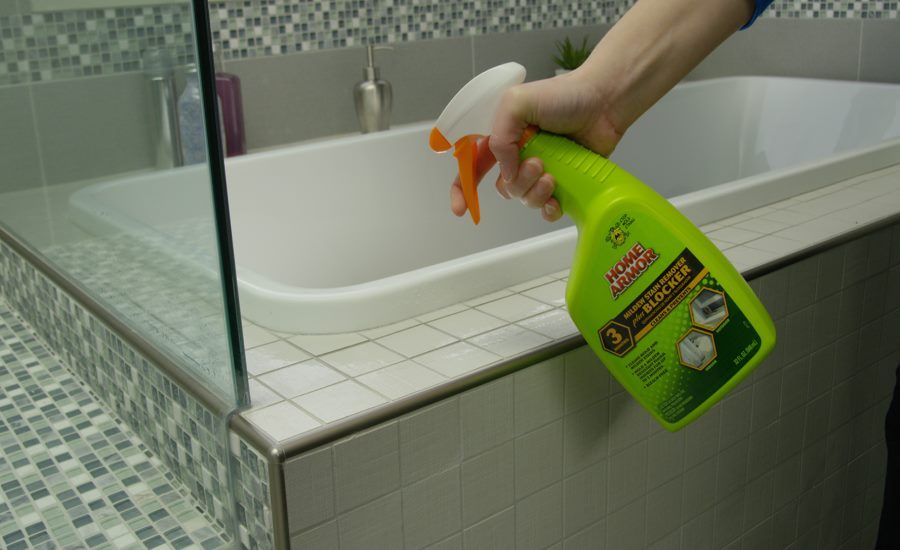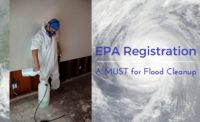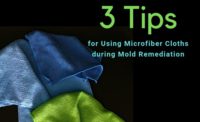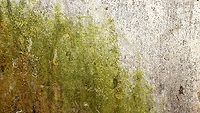3 Basic Steps of Mold Remediation






Did you know mold endangers approximately 100 million homes and commercial facilities in the United States? For anyone trying to remove mold without having proper training and tools, it is time consuming and pain-staking process. For professional remediators, the ability to effectively remove mold begins with the understanding of what mold is.
Mold is a type of fungus that thrives on moisture. Outside, mold plays an important role in the ecological cycle. However, once mold starts to move indoors and into the home, it can become a problem. Mold can spread very quickly within the home, reproducing in as little as 48 hours under the right conditions. Mold penetrates deep into surfaces, damaging a property from the inside, out. In addition to harming elements of a home, it can also eventually start to affect peoples’ health.
Mold remediation and inhibition can be completed in three steps:
- Clean and remove mold
- Deodorize the area
- Prevent mold from returning
To kill mold, look for an EPA-registered product that says “kills mold” on the product label. For mold remediation, it is also important to find a product that can also effectively kill bacteria and viruses. This is especially important in areas where flooding has occurred, as the water will bring bacteria and viruses into the home. Whether this process is done with one product or two, it is critical that both mold and bacteria are addressed. Products that claim to kill and inhibit mold must be EPA registered, meaning they have passed the EPA testing that is required to make these claims. A quick way to check if a product is EPA registered is that the label on the front of the product will list the approved ingredients.
Once the mold and mildew is removed, there may still be residual odors from the mold that would be undesirable to homeowners. If the mold removal product does not completely remove the mold odor, the process can be completed with a variety of products including odor absorbers, hydroxyl or ozone machines, or other innovative products on the market today.
Finally, homeowners will want to prevent any future outbreak of mold. This can be accomplished in two ways. First, a mold blocker can be applied to all surfaces that would be prone to mold. Homeowners will also find this to be a convenient option as they can apply this to any surface on their own as time requires, based on the longevity of the product. This is cost-effective from a homeowner and a remediation specialist perspective. Second, since mold grows in damp and warm conditions, the key to inhibiting mold is to absorb the moisture in the area. Depending on the size of the space, this can be done with a dehumidifier or a disposable moisture absorber.
With three simple steps, mold remediators can instill confidence in the homeowner that their home is mold-free.
Looking for a reprint of this article?
From high-res PDFs to custom plaques, order your copy today!








